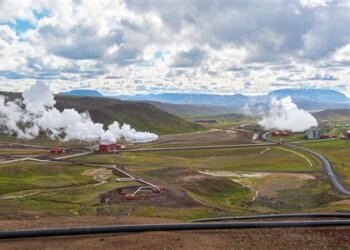Microsoft has announced that it is “slowing or pausing” several data center projects including one worth $1 billion in Ohio as it rethinks the infrastructure it will need to support its artificial intelligence (AI) goals. The decision implies that the rapid growth in the demand for AI and cloud computing may not require the extensive network of high-powered facilities that were initially planned, and which is therefore prompting a strategic shift for the tech giant.
Microsoft has confirmed that it is putting a halt to the early stage development of data centers in rural land that it owns in central Ohio’s Licking County near Columbus. Two of the three sites that were to be used for data centers will now be used for farming purposes as the company has shifted its priorities. This is as Microsoft re-evaluates its massive infrastructure expansion that was launched to cater to the increasing demand for AI and cloud services.
In a LinkedIn post Noelle Walsh, president of Microsoft’s cloud computing operations explained the changes. “Over the last few years, the demand for our cloud and AI services has been far higher than we anticipated, so we embarked on the biggest infrastructure project in our history,” she wrote. Walsh said that the company has to be flexible while adding that “such a massive endeavor demands agility and refinement as we align with customer needs. This means slowing or pausing some early-stage projects.”
Microsoft did not reveal other projects that were affected on Wednesday but it revealed in December 2024 that it was putting on hold the later stages of a significant data center complex in Wisconsin. The lack of detail on other sites means that the company is conducting a review of its global footprint as it seeks to determine which investments are still crucial to its AI-driven growth.
The pause of the Ohio project may be bad news for local economic expectations since data centers are known to create jobs and invest in the area. Microsoft may be seeking to find a balance between community interests and its new strategy by redirecting land to agriculture although the impact of this on the region in the long run is unknown. The decision is a prudent one as Microsoft seeks to operate in an environment where the enthusiasm for AI is still high but may not warrant the scale of the original plans.
This change occurred during a period of aggressive expansion due to the increasing popularity of AI as well as the competition between tech giants to provide computing power for advanced models. Microsoft’s pullback suggests a maturing market, where efficiency and precision in resource allocation are taking precedence over unchecked growth. The company is still committed to cloud and AI leadership but it is doing so at a sustainable pace.
At the moment, it seems that Microsoft is focusing on the optimization of the existing projects and the refinement of the infrastructure to meet the actual demand. The pause in Ohio and other locations is an example of the challenges of forecasting in a rapidly changing technological landscape where overbuilding can lead to financial strain. As Microsoft makes changes, its actions may affect other companies in the industry and thus may slow down the entire AI infrastructure race while emphasizing the importance of sustainability over the short-term gains.










